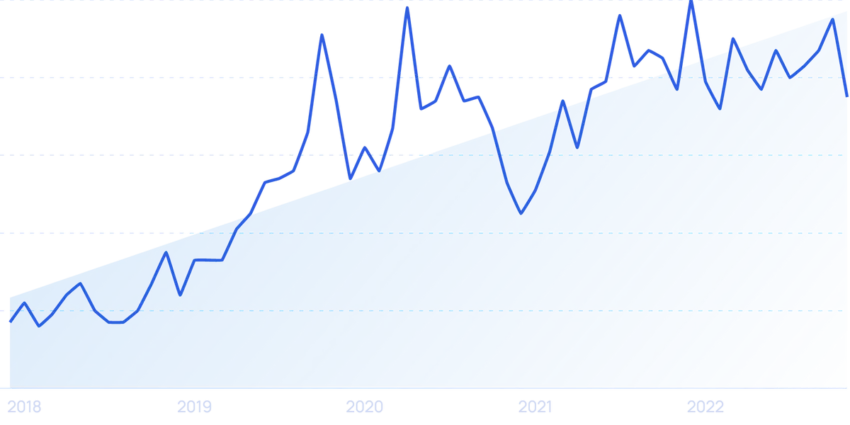TL;DR Summary of Beauty Industry Statistics and Trends for 2025
Optimixed’s Overview: Navigating the Future of Beauty Market Growth and Digital Transformation
Industry Growth and Market Leaders
The beauty industry is rebounding from pandemic setbacks and is on track to exceed $677 billion in revenue by 2025. Leading companies like L’Oréal, with $44.5 billion in sales, dominate the market alongside Unilever, Estée Lauder, and others. North Asia, particularly China, commands the largest market share (35%), followed by North America (26%) and Europe (22%).
Emerging Consumer Trends
- Increased skincare use: Women average 5 skincare products daily, with 40% increasing usage post-pandemic.
- Men’s grooming growth: Projected to reach $276.9 billion by 2030, men’s personal care is rapidly expanding, fueled by brands like Manscaped.
- Consumer spending: American women spend approximately $3,756 annually on beauty, with men close behind at $2,928.
Digital Influence and Advertising
Beauty brands invested an estimated $7.7 billion in advertising in 2022, with digital channels gaining ground over traditional TV. Platforms like YouTube and Instagram dominate beauty content consumption, and influencer marketing remains a powerful tool—though consumer trust requires authenticity. For example, Kylie Cosmetics boasts 25 million Instagram followers, exemplifying social media’s impact on brand visibility.
E-commerce and Technological Innovation
- Online sales surge: Health and beauty eCommerce is expected to grow 77% between 2021 and 2026, reaching $358.4 billion.
- Virtual try-ons and personalization: Augmented reality and interactive quizzes are enhancing online shopping experiences, with 75% of consumers more likely to purchase when receiving personalized recommendations.
- Consumer preferences: Despite online growth, 46% of shoppers still prefer in-store product trials, highlighting the ongoing challenge of replicating tactile experiences digitally.
Sustainability and Clean Beauty
Environmental and health concerns are driving demand for clean, natural, and organic beauty products. The clean beauty segment generates $400 million annually, with paraben-free products growing 80% faster than the overall market. Consumers increasingly seek products with natural ingredients and recyclable packaging, while regulatory differences—such as the EU’s stricter ingredient bans—shape product formulations globally.
Haircare Market Insights
The haircare segment is robust, valued at over $106 billion globally, and expected to grow to $151 billion by 2030. Trends like vibrant hair coloring are fueling demand for specialized products, evidenced by a 562% increase in searches for color-depositing conditioners over the past decade.
Conclusion
The beauty industry’s future is marked by dynamic growth, digital engagement, and evolving consumer values. Brands that harness social media influence, invest in eCommerce innovation, and prioritize sustainable, personalized products are poised to capture emerging opportunities. While legacy companies maintain strong sales, nimble newcomers leveraging targeted marketing and technology can rapidly scale and compete in this thriving market.
